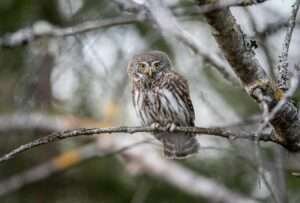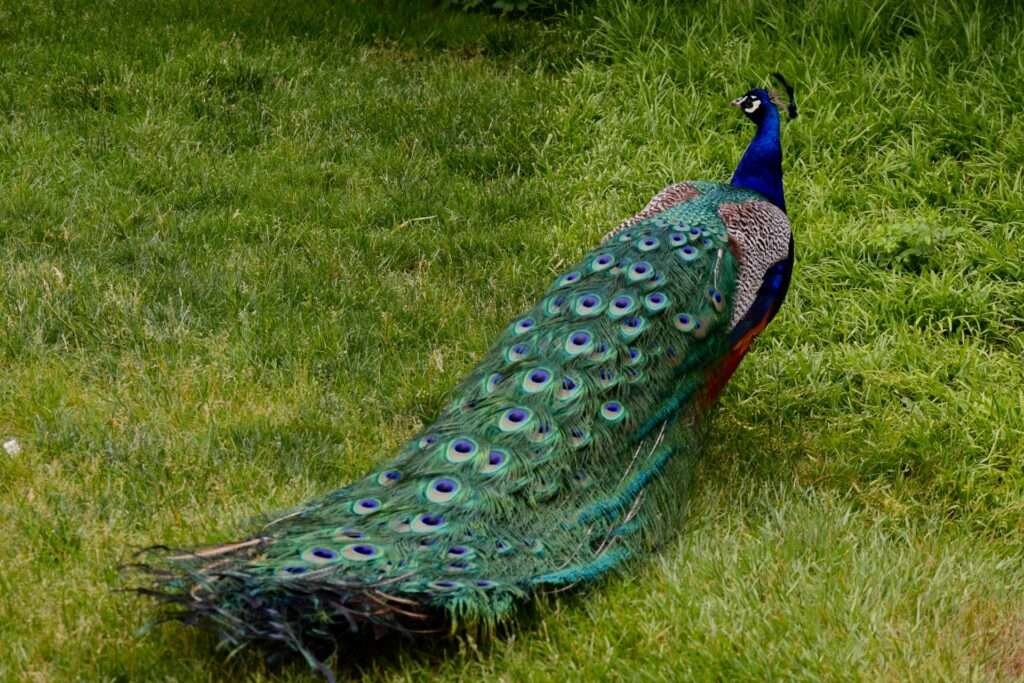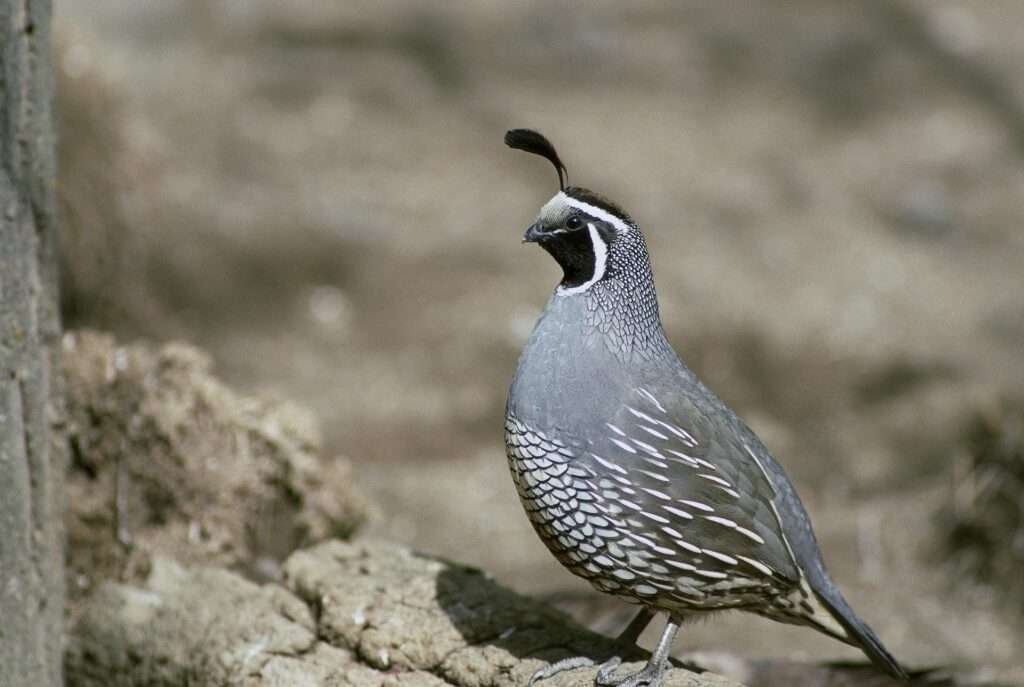Owl legs are often longer than expected, aiding their hunting strategy. These feathered, slender legs contribute to silent flight and efficient movement.
Owls intrigue nature enthusiasts and ornithologists, capturing attention with their distinctive physical traits and behaviours. Their legs, commonly hidden beneath feathers, have generated considerable fascination. Exposing an owl’s legs shows they are long and slim, very different from the short, thick legs often thought of.
This special body structure helps owls move well in the air and on the ground, making them great hunters. The precise length of their limbs and feet, with two toes pointing forward and two pointing backwards, equips these raptors for quiet stalking and efficient prey capturing. Owl legs, Even though you can’t see them well, owl legs are key to their quiet hunting, making them strong and sneaky hunters in their natural homes. These characteristics serve them in the wild and contribute to the endless fascination they elicit among birdwatchers and the public.
How do owls utilise their talons?
Owls boast an impressive leg and foot adaptation that equips them for their nocturnal lifestyle. With legs designed to be more slender and elongated than casual observers might expect, these raptors employ their lower limbs effectively to snatch prey.
Hidden beneath feathers, the length of their legs, complete with powerful talons, is conducive to silent, airborne hunting. They expertly manipulate these extremities to grip with precision, whether navigating through the air or perched in stealthy anticipation. Observing the versatility of their feet reveals more: they can rotate one of their toes to secure a better hold on branches and surfaces. This physical trait underscores an owl’s predatory prowess, reflecting their natural behaviours’ intricate balance of form and function.

Do all owls have long legs?
Dispelling a common misconception, not all owls boast elongated limbs; variations exist among species, with some showcasing surprisingly lengthy appendages that remain concealed beneath their plumage. The leg length of these birds is crucial for their survival, enabling them to snare prey with precision. Contrary to popular belief, their legs aren’t just for hunting; these adaptable limbs aid in balancing while roosting and enable intricate movements while caring for their young and grooming. Scrutiny of avian anatomy reveals that these raptors’ leg lengths are proportionately designed to suit their ecological roles and habitats, whether in the dense forest or the open plains.
While the iconic image of an owl may not highlight their impressive leg span, those who delve deeper into ornithological studies often find themselves captivated by the elegance and necessity of an owl’s hidden extremities.
Exploring the Anatomy of Owl Legs
Delving into the anatomy of an owl’s legs reveals remarkable adaptations that are essential for their predatory lifestyle. These raptors possess elongated and powerful limbs concealed beneath their plumage, a trait that’s often surprising to the casual observer. Despite their feathered appearance, these legs are muscular and equipped with sharp talons for seizing prey.
The bone structure, consisting of a short femur and extended lower leg bones, contributes to their stealth and agility. Owls have evolved to maintain a light frame while ensuring their legs are formidable tools for hunting, showcasing a perfect balance between strength and dexterity.
This unique combination allows owls to move silently, perch effectively, and execute precise aerial manoeuvres as they navigate their nocturnal world.
Comparing Owl Legs to Other Birds
Owl legs, often concealed beneath a layer of feathers, hold a fascination for many bird enthusiasts. Surprisingly elongated and agile, these limbs contrast starkly with the more robust legs of other avian species. Equipped with powerful talons and capable of silent motion, the anatomy of an owl’s legs is a testament to its prowess as a nocturnal predator.
Understanding these birds’ intricate balance between strength and stealth sheds light on their evolutionary success. These remarkable appendages, which are feathered all the way down to their toes, assist in capturing prey, perching, and manoeuvring through their environment.
Nature’s design showcases efficiency. The slim, lightweight structure of owls’ legs enhances their hunting abilities, facilitating swift, undetectable movements that make them some of the most skilled hunters in the bird kingdom.
Fun Facts
Exploring the world of owls reveals some intriguing adaptations, particularly regarding their legs. The demands of hunting and survival shape the evolution of these nocturnal creatures’ legs, which often appear as mysterious figures perched quietly in the night.
Feathers obscure the length of an owl’s legs, making them appear shorter than other birds. Yet beneath those feathers, they possess elongated limbs with powerful muscles facilitating silent swooping on unsuspecting prey.
This unique leg structure also gives a firm grip on catches, showcasing that what lies hidden can be unexpectedly significant in the animal kingdom. The stealth and efficiency provided by their legs reinforce owls’ status as formidable and skilled nighttime predators.
Frequently Asked Questions on Owl Legs
Why are owls’ legs so long?
Owls’ legs are long to aid their hunting efficiency, allowing for swift, silent prey capture. Their length is deceptive because they are slender and often concealed by feathers.
How many legs do owls possess?
Owls have two legs that are perfectly suited for perching and silent hunting.
Do owls have claws or talons?
Owls have talons that are sharp and strong for gripping prey.
What are owl toes called?
Owl toes are called talons.
Conclusion
Owl legs are truly a marvel of avian anatomy. They combine stealth and power in a way that fascinates bird enthusiasts and casual observers alike. Our exploration of these remarkable appendages reveals their role in silent hunting and efficient movement. Let’s continue to appreciate the unique features of our feathered friends. Every discovery underscores the intricate beauty of nature’s designs.




